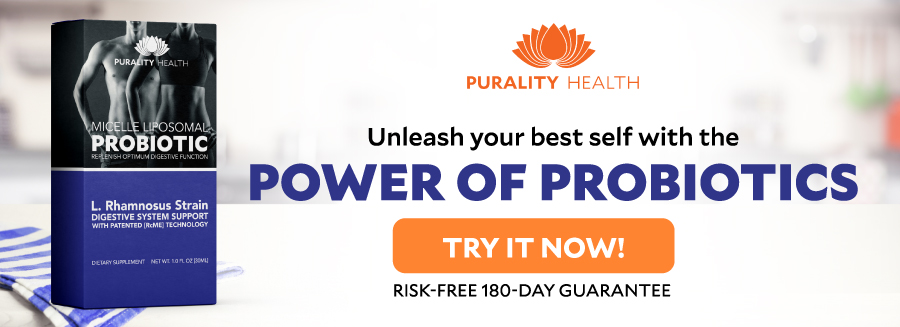You may have heard about the FODMAP diet and that people are using it to help with digestion. It’s been growing in popularity lately, so we wanted to cover what it is, what it looks to achieve, and who should consider trying it out.
What are FODMAPs?
FODMAPs are types of foods that may cause bloating, gas, and contribute to stomach issues in some people.
It stands for fermentable oligo-, di-, mono-saccharides, and polyols.
Some foods contain small amounts of FODMAPs while others contain much more. The diet would focus on eliminating FODMAP foods from your diet.
The main sources of the four groups of FODMAPs include:
- Oligosaccharides — Wheat, rye, legumes, and various fruits and vegetables, such as garlic and onions.
- Disaccharides — Milk, yogurt, and soft cheese.
- Monosaccharides — Fruits like figs and mangoes, along with sweeteners such as honey and agave nectar.
- Polyols — Certain fruits and vegetables including blackberries and lychee, as well as some low-calorie sweeteners like those in sugar-free gum.
Who should try the FODMAP diet?
If you’re regularly experiencing stomach and digestive problems, it may be beneficial for you to give the FODMAP diet a try. If you have serious stomach issues, it’s best to speak with your doctor first. In some cases — especially if you don’t have any stomach problems — you could actually be worse off while on the diet.
If you do have stomach issues, it may be worthwhile to restrict some other common culprits from your diet first, like coffee, alcohol, and spicy foods. You could also look for ways to reduce stress, as that may also have an impact on digestion.
Benefits of the FODMAP diet
Though researchers believe that more studies should be done, so far they have found that the FODMAP diet can be quite beneficial for those with certain gastrointestinal issues. [1]
Other studies have found that it can also help manage flatulence, diarrhea, and constipation. [2-3]
This can obviously improve the quality of life for those who struggle with stomach issues every day.
How to do the FODMAP diet
If you think you may benefit from the FODMAP diet, here are the steps you need to take:
Step One
In this step, you’re going to strictly remove FODMAP foods from your diet.
To help with this, here is a comprehensive list of high and low FODMAP foods.
You will follow this step for at least three weeks and up to eight weeks. Some people feel relief within the first week, while others take the full eight weeks to notice a difference. Continuing onto the next step is contingent on when you feel like your digestion has improved.
Step Two
This step involves slowly and systematically reintroducing FODMAP foods back into your diet. This looks to accomplish two things:
- Which FODMAP foods can you tolerate?
- How many FODMAPs can you tolerate?
This step can be tedious, so having a certified dietician to help you may be a good idea.
Step Three
Here, you can personalize a list of FODMAP foods you can have and handle. After step two, this step allows you to have a better understanding of which foods to avoid so that your digestive system can be at its best!
Bottom line
As you can see, the FODMAP diet is geared towards certain people — those with debilitating digestion problems. If you don’t have these issues, the FODMAP diet may actually do more harm than good, since most of the foods high in FODMAPs are prebiotics that supports the growth of beneficial bacteria in your gut.
If you think this diet may benefit you, certainly talk to your doctor or nutritionist about trying it out!
Other ways to help digestion?
If you’re looking for other ways to help digestion or to just boost your gut health, we have something that may help!
Unlike many probiotics, Purality Health’s Micelle Liposomal Probiotic is infused with a patented RcME technology that is designed to deliver the probiotics straight to the gut. These microorganisms are very fragile and often don’t survive the manufacturing process, not to mention the harsh acid of the stomach. But Purality Health found a better way!
References and Resources
- https://pubmed.ncbi.nlm.nih.gov/25982757/
- https://pubmed.ncbi.nlm.nih.gov/26255043/
- https://pubmed.ncbi.nlm.nih.gov/22739368/

